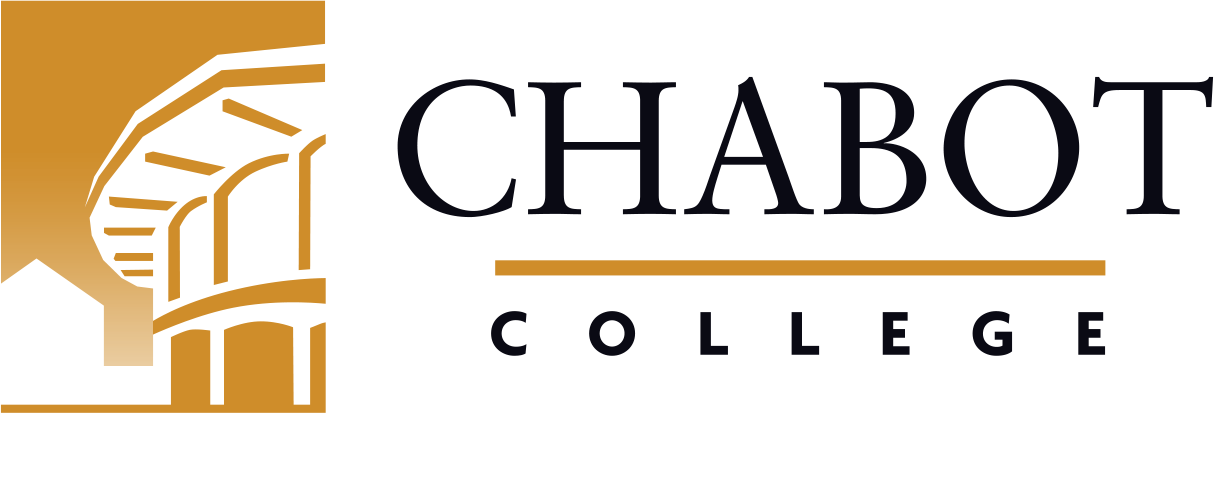
Course Outline for Dental Hygiene 61
Head and Neck Anatomy
Effective: Fall 2022
SLO Rev: 03/27/2021
SLO Rev: 03/27/2021
Catalog Description:
DHYG 61 - Head and Neck Anatomy
2.00 Units
Anatomy of the head, neck and oral cavity, including anatomical nomenclature. Emphasis on structure and function of the oral cavity with a focus on normal anatomy and their structures. Identification of landmarks, including musculature, skeletal system, nervous system and vasculature, related to the administration of local anesthesia. Source and spread of dental infection in relation to the fascial spaces the lymphatic system.
Corequisite: DHYG 69A and DHYG 71A.
1240.20 - Dental Hygienist*
Letter Grade Only
| Type | Units | Inside of Class Hours | Outside of Class Hours | Total Student Learning Hours |
|---|---|---|---|---|
| Lecture | 2.00 | 36.00 | 72.00 | 108.00 |
| Total | 2.00 | 36.00 | 72.00 | 108.00 |
Measurable Objectives:
Upon completion of this course, the student should be able to:
- explain the structural relationships of the oral cavity and how they function in a healthy state of dynamic equilibrium;
- describe the location of anatomical structures based upon the anatomical position of the body
- identify, using anatomical nomenclature, structures of the head and neck;
- describe the location of anatomical structures based upon the anatomical position of the body;
- identify the extraoral landmarks of the head and neck;
- integrate anatomical structures of the head and neck related to the pathways of infection;
- integrate anatomical structures and landmarks of the head and neck in the application of local anesthesia;
- identify and discuss anatomical features of the TMJ;
- integrate dental anatomy with ethical issues related to dental hygiene care.
Course Content:
- Basic anatomical nomenclature and anatomical position
- Anatomical variations
- Surface anatomy of the head, neck and oral region
- Common abnormalities of the skin
- Osteology of the skull
- Bones of the head and neck
- Landmarks of the skull, maxilla and mandible
- Vertabral anatomy of the neck
- Abnormalities of the bone
- Nose, nasal cavity and paranasal sinuses
- Muscles of the head and neck
- Muscles of facial expression
- Muscles of mastication
- Hyoid muscles
- Muscles of the neck
- Muscles of the soft palate and pharynx
- Vascular system of the head and neck
- Arterial supply of head and neck
- Venous drainage of head and neck
- Vascular lesions
- Lymphatic system of the head and neck
- Lymph nodes
- Drainage pattern of the lymphatic system
- Lymphadenopathy, metastisis and oral cancer
- Nervous system of the head and neck
- Central nervous system
- Peripheral nervous system
- Autonomic nervous system
- Cranial nerves
- Trigeminal nerve
- Maxillary nerve, Mandibular nerve, Facial nerve
- Nerve lesions of the head and neck
- Pathways of infection of the head and neck
- Dental infections/abscesses
- Osteomyelitis
- Cellulitis
- Maxillary sinusitis
- Bacteremia
- Cavernous sinus thrombosis
- Ludwig's angina
- Medically compromised patients
- Fascia and spaces of the head and neck
- Superficial and deep fascia
- Contents and communication patterns of major spaces
- Glandular tissues of the head and neck
- Exocrine glands
- Lacrimal glands
- Salivary glands
- Endocrine glands
- Thyroid & parathyroid glands
- Thymus gland
- Temporomandibular joint (TMJ)
- Musculature of the TMJ
- Movements of the TMJ
- Clinical anatomy of the oral cavity
- Intraoral and extraoral structures
- Local anesthesia
- Anatomical landmarks related to needle placement and insertion
- Areas anesthetized
- Complications related to the administration of local anesthesia
Methods of Instruction:
- Audiovisual aids/videos
- Discussion clinical application
- Homework assignments
- Interactive PPT presentations
- Lecture/Discussion
- Demonstration/Exercise
- Case Study
- Class and group discussions
- Textbook reading assignments
- Distance Education
Assignments and Methods of Evaluating Student Progress:
- Anatomical identification exercises
- Nervous system mapping exercises
- Completion of chapter based Head and Neck Anatomy Practicum
- Chapter review questions, assignments and activities
- Develop nerve pathways related to specific teeth, to include anatomical landmarks
- Complete 8 comprehensive Case Studies related to dental and oral pathologies, pathway of infection, anatomical structures including vascular and nerve supply
- Create vascular flow charts to/from heart to oral structures
- Complete a flowchart demonstrating connection of fascia and spaces
- Class Participation
- Attendance
- Midterm Examination
- Final Examination
- Pre-lecture quizzes
- Homework
- Final Examination or Project
Upon the completion of this course, the student should be able to:
- integrate anatomical structures of the head and neck related to the pathways of infection;
- integrate the anatomical structures and landmarks of the head and neck related to the administration of local anesthesia;
- identify and discuss anatomical features of the TMJ;
- integrate dental anatomy with the ethical issues related to dental hygiene care.
Textbooks (Typical):
- Fehrenbach, M., J. & Herring, S., W. (2017). Illustrated Anatomy of the Head and Neck (5th). W.B. Saunders.
- Boyd, L. D., Mallonee, L. F., & Wyche, C. J. (2021). Clinical Practice of the Dental Hygienist (13th). Jones & Bartlett Learning.
- Skull (Students to order after start of class, information will be provided)
Abbreviated Class Schedule Description:
Anatomy of the head, neck and oral cavity, including anatomical nomenclature. Emphasis on structure and function of the oral cavity with a focus on normal anatomy and their structures.
Corequisite: DHYG 69A and DHYG 71A.